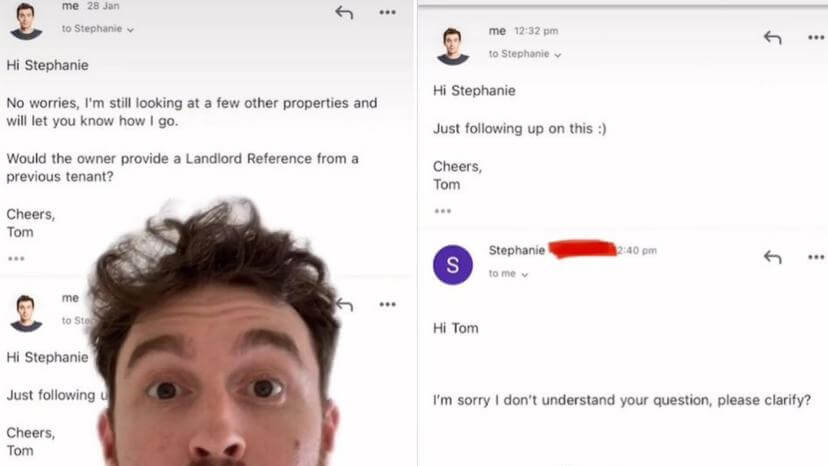20 Tips to Boost your Marketing Efficiency
Sometimes after going home from a long day of working on a marketing strategy can have you wondering that all too common question – ‘what did I achieve today? The answer is improved Marketing efficiency.
Marketing is a process-based activity that needs to keep up with an ever-changing environment. Making sure briefs are accurate is critical to a smooth outcome.
While the dynamic nature of it can’t be changed, creating a framework for an efficient strategy can make things better.
A marketing framework should be personable and friendly, team-based, process-centric while leveraging technology optimally.
- Share goals with the marketing team.
Clearly define what the strategic objectives are and how the marketing process will hit those goals. It seems kind of obvious but having unknowns will blur the goalposts. When things get updated due to reassessments it’s important to communicate those changes through to each team member. Encourage the team to ask questions where things aren’t clear. Having the space to do that, means that everyone knows they are on the same page and working to hit the same target. - Reassess your planning process
Reviewing the work done over the last year can easily show up results that need optimising and processes that can be refined. Whatever’s not working, can be changed. After updating everyone, keep realistic turnaround times with the implementation of those new strategies. - Overhaul briefing process and boost efficiency
When preparing the brief, ensure it’s consistent and thorough. Going back to rebrief the team with new additions just causes more slowdowns and chaos depending on how many need to know the new information. Ensure the brief has clear objectives and outcomes. Describe also, how the outcome will be measured. - Have daily marketing stand-ups
Announcing the key priorities for the day, keeps everybody in the loop, but also sets individual objectives and ownership of tasks. It promotes teamwork and removes any mystery from what others are working on. It helps to improve communication, avoids duplication and aligns everyone in shared ownership. - Build a culture of teamwork
Teams that play together, and more likely to work well together. Promote a culture that encourages supporting one another. Encourage conversations and idea exchanges that don’t cause disruption to other team members. - Organize meetings
It’s helpful to keep meetings from running overtime. Having a clear timeframe and goals to reach, will keep them bounded by conciseness and pertinency. Only invite along those that need to be there. Make sure the outcomes of the meetings are clear and deadlines are set. - Support staff to have active time management
Encourage team members to be engaged in their own time management and productivity. Help them to take control of their tasks to set and meet deadlines.
When there’s important writing or creative work to be done, block out time for it on your calendar to avoid interruptions or random meetings from interfering. Limit time on distractable activities. - Automate repetitive tasks with technology
Wherever possible setup up automation procedures to reduce repeatable work. Investing the time upfront can pay you back plentiful.
Properti automates posting to multiple social media platforms from using just a single post of creative assets (media and content). - Streamline the internal approval process
Some of the time, the delay in marketing can be the approval process. The marketing team may be waiting on feedback, further information or approval to proceed. Look for ways to reduce the number of steps along the approval process to improve efficiencies. - Are you using unneeded advertisers?
Sometimes advertising channels are still being used just because that’s how it was. They may not be providing the ROI that they once were. Or they came in from a previous manager. Where it’s wise to do so, review and cut out unwanted marketing. - Template and repurpose media.
Rather than outsourcing to an agency or recreating similar assets, look for ones that can be repurposed in future. - Reassess your media and channels at least every 2 years
As the landscape evolves, keep reviewing the various channels. By checking the social media and mobile media habits you can update your media mix to ensure it’s relevant. - Measure everything
Everything in marketing should be measured if it can be measured. From internal approval times to campaign creation time to engagement on social media platforms, website traffic, time on your articles, ad impressions, viewers, number of views, MQLs and everything else.
Make this an active process – review, remix and create new goals.
Properti creates a window into many social media marketing metrics. So you can keep a close eye on what’s working and what needs attention. - Catalogue and re-use your creative assets
Keep media assets catalogued and stored for easy access. Properti helps with this by keeping easy to find a listing of creative assets, that can be pulled in easily. It can also create videos from photos and add text overlays using very simple steps. - Marketing overview management tool
Try to keep a single place of review for all the marketing work to be double-checked. This is not just about minor errors, aesthetics or quality control, but it can also reduce the risk of putting out incorrect sales information that could end in costly repercussions. Properti has a simple web portal that enables a birds-eye view of what’s being worked on, what’s in the scheduled queue and whats’ going out. It allows for managers and teams to collaborate effectively and improve efficiencies of quality and time to production. - Allow for flexibility in the workplace
The 21st century is all about getting your best work out, from a place that suits you. Allow people to complete their work in a timeline that fits in with their lifestyle but also doesn’t affect the company. - Use agile marketing methods
Starting the day with the Standup approach (announcing your work), means you’re already working towards agile methods. Agile comes from the software development industry and it’s about replacing long term, research-based projects with short term, customer-focused iterative projects that work towards improving outcomes. - If not agile, be as agile as possible
If not agile, be as flexible as you can. For example, set up test and learn processes that promote continuous improvement. A commitment to measuring data and maximizing efficiency ahead of time. Record and communicate the learnings. Often the results can be laterally applied across to others. - Avoid micromanagement
Once the expectations have been set, and the team players given a clear goal, the most common problem then is a lack of information. Managing teams is about helping them overcome any problems they may have. And that may be contextual issues to the task at hand, or a lack of training. Rather than just looking to be managing behaviour, be agile in the approach to problems. If a team member is onboard but struggling it’s more likely they have problems with information rather than not working towards the goal correctly. A poor process will fail faster than a team member. - Reward outstanding work
Reward others when they have gone above and beyond the mission to get work in by the deadline, improvised and overcome problems, created great content or reached goals above target. Share their achievements with the team to build a culture of achievement and encouragement. If possible set up some rewarding games to make it fun for your team.



